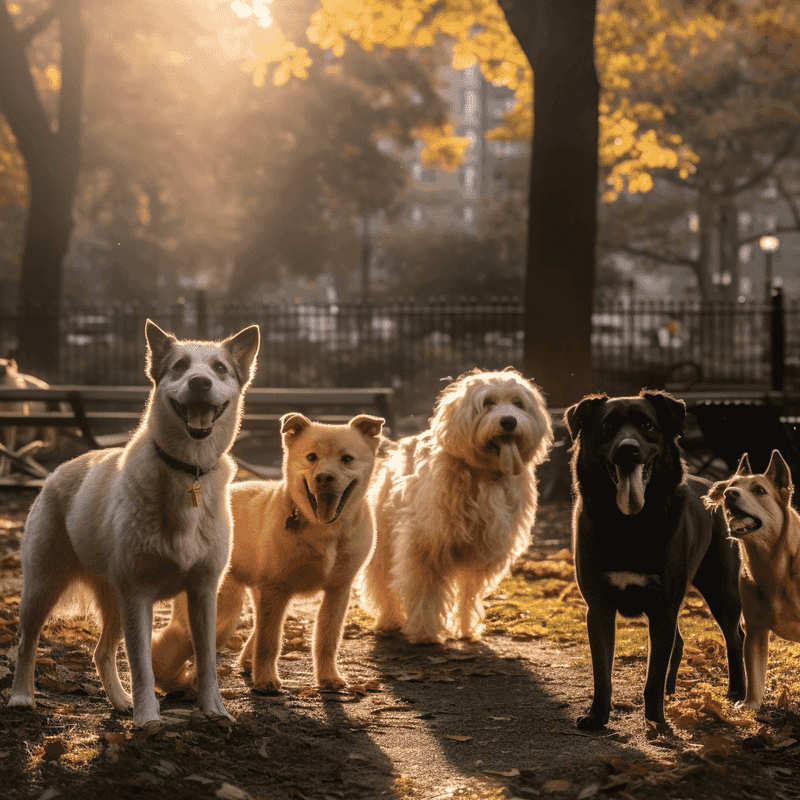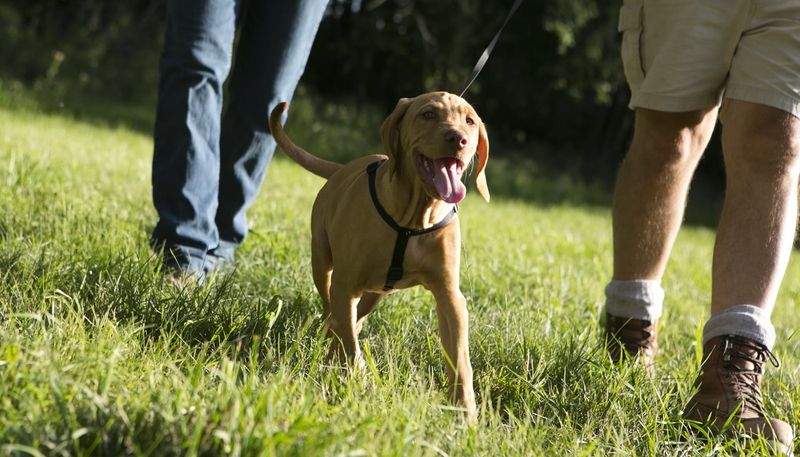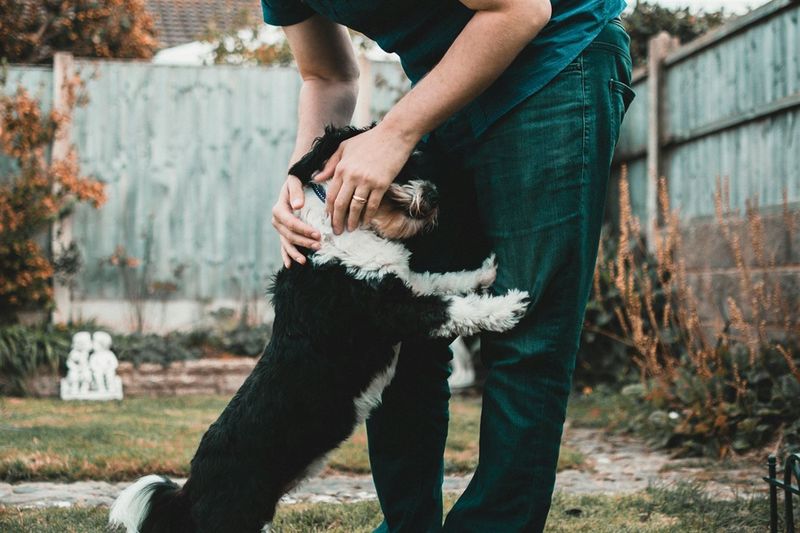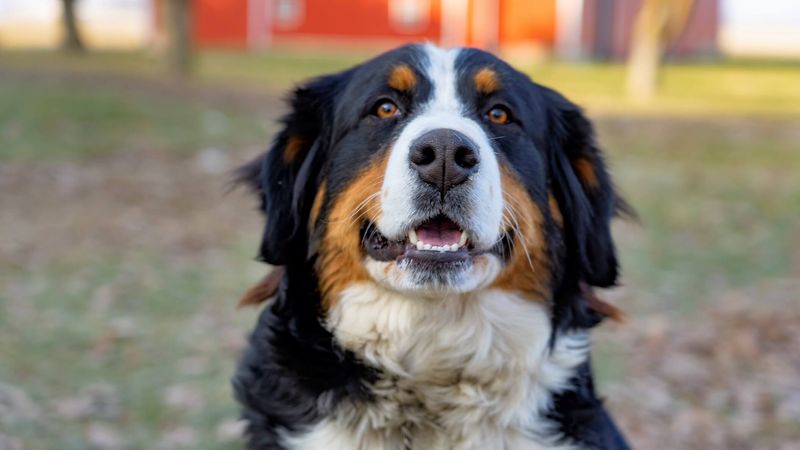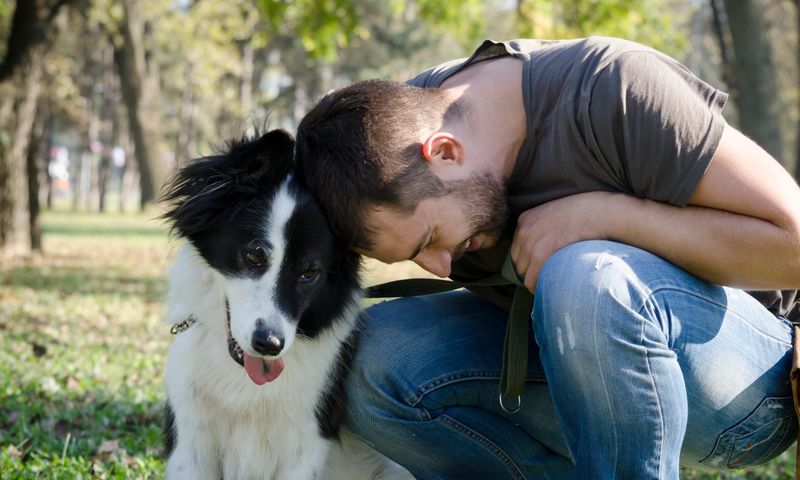In the United States, dog lovers might be surprised to learn that several states have regulations limiting the number of dogs one can own. These laws, often enacted to ensure public safety and animal welfare, vary widely from state to state. Some states impose these limits to reduce noise, control overpopulation, or prevent hoarding. Here’s a closer look at 10 states with such regulations, each having its unique approach to managing man’s best friend.
California
California, known for its diverse cultures and landscapes, also imposes limits on dog ownership. In some counties, residents are restricted to three dogs per household. This law aims to balance pet ownership with community welfare.
The regulation helps minimize noise complaints and ensures public safety. While three dogs might seem limiting, it encourages responsible pet ownership.
In bustling cities like Los Angeles, these rules are crucial for maintaining order. California’s approach reflects an effort to harmonize urban living with animal rights. Who knew the Golden State had such specific dog regulations?
Texas
In Texas, home to vast landscapes and cowboy culture, dog ownership limits can vary. Most urban areas cap ownership at four dogs per household. This rule helps manage the potential for animal hoarding and noise issues.
Texans love their space, and this extends to their pets. The balance between freedom and regulation is key. For dog lovers, this limit ensures a comfortable and manageable environment.
Urban regions like Austin and Dallas find such legislation necessary for community harmony. Texas’s approach reflects its mix of independence and respect for community norms.
Florida
Florida, with its sunny skies and vibrant communities, has specific laws about dog ownership. Many counties limit residents to four dogs per household, a rule designed to ensure safety and reduce overpopulation.
The regulation aims to balance the joys of pet ownership with public interests. In cities like Miami, these laws are essential for maintaining order.
Floridians value their pets, and this law ensures a harmonious coexistence between citizens and their furry friends. Florida’s dog ownership limits highlight the state’s commitment to responsible pet management amidst its lively environment.
New York
In New York, a state known for its fast-paced lifestyle, dog ownership limits vary by city. New York City restricts residents to three dogs per apartment, aiming to address space and noise concerns.
This regulation is crucial in densely populated areas, ensuring peace and reducing conflicts. The law reflects a balance between urban living and pet care.
In a state where space is a premium, these limits are a practical measure for harmonious living. New York’s rules demonstrate the importance of integrating pets into city life without disruption.
Illinois
Illinois, with its mix of urban and rural areas, limits dog ownership in certain municipalities. In Chicago, residents are generally allowed up to two dogs, aimed at ensuring public safety and comfort.
The state’s regulations help curb noise and potential nuisance issues. Such laws promote responsible pet ownership.
In bustling areas, these restrictions are vital for community harmony. Illinois showcases a thoughtful approach to blending pet ownership with urban lifestyles, reflecting a commitment to orderly living environments.
Pennsylvania
In Pennsylvania, where history and modern life blend, dog ownership limits exist in urban settings. Cities like Philadelphia restrict households to three dogs, aiming to manage noise and space issues.
This law is crucial for maintaining a balance between pet ownership and communal living. It ensures that residents enjoy their pets without causing disturbance.
The state’s approach underscores the importance of responsible pet management, reflecting its dedication to both animal welfare and community happiness. Pennsylvania’s regulations demonstrate an effort to harmonize urban life with canine companionship.
Ohio
Ohio, with its mix of small towns and big cities, enforces dog ownership limits in many areas. Urban regions often cap ownership at three dogs per household.
These regulations ensure public safety and reduce noise complaints. They also promote responsible pet care.
In cities like Columbus, these laws are essential for peaceful community living. Ohio’s dog ownership limits reflect the state’s commitment to balancing pet joy with public interests, ensuring a serene living space for all.
Michigan
In Michigan, where natural beauty abounds, dog ownership is also regulated. Urban areas like Detroit limit residents to two dogs per household. This measure addresses space and noise concerns.
The regulation promotes responsible pet ownership and community wellbeing. Michigan’s laws ensure that residents can enjoy their pets without infringing on neighbors’ comfort.
The state’s dog limits underscore the balance between enjoying companionship and maintaining harmony. Michigan’s approach reflects its dedication to orderly and pleasant living environments.
Massachusetts
Massachusetts, rich in history and culture, places limits on dog ownership in urban centers. Boston, for instance, typically restricts households to two dogs, targeting noise and crowd control.
These regulations are vital for urban living, ensuring peace and public safety. Massachusetts balances pet ownership with respect for community life.
The state’s approach emphasizes harmony between pets and urban residents, promoting a responsible and enjoyable living experience. Massachusetts’s dog laws reflect their focus on a cohesive and well-regulated community.
Virginia
In Virginia, where tradition meets modernity, dog ownership limits are enforced in certain areas. Urban locations often cap dog ownership at four pets per household.
These rules help manage noise and ensure community safety. They promote responsible ownership, reflecting the state’s values.
In cities like Richmond, maintaining a balance between pet enjoyment and public peace is vital. Virginia’s regulations highlight their commitment to harmonious living, blending pet ownership with respect for community standards.




